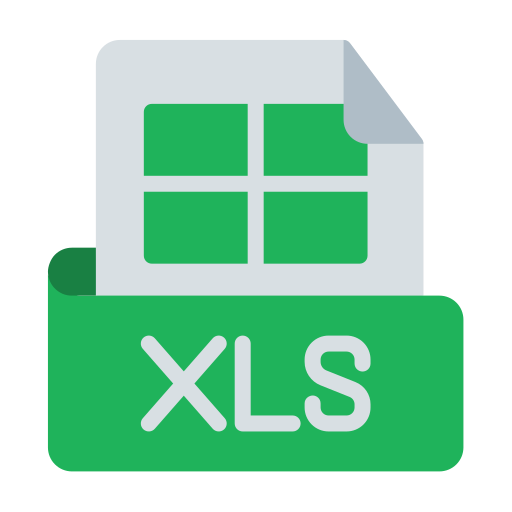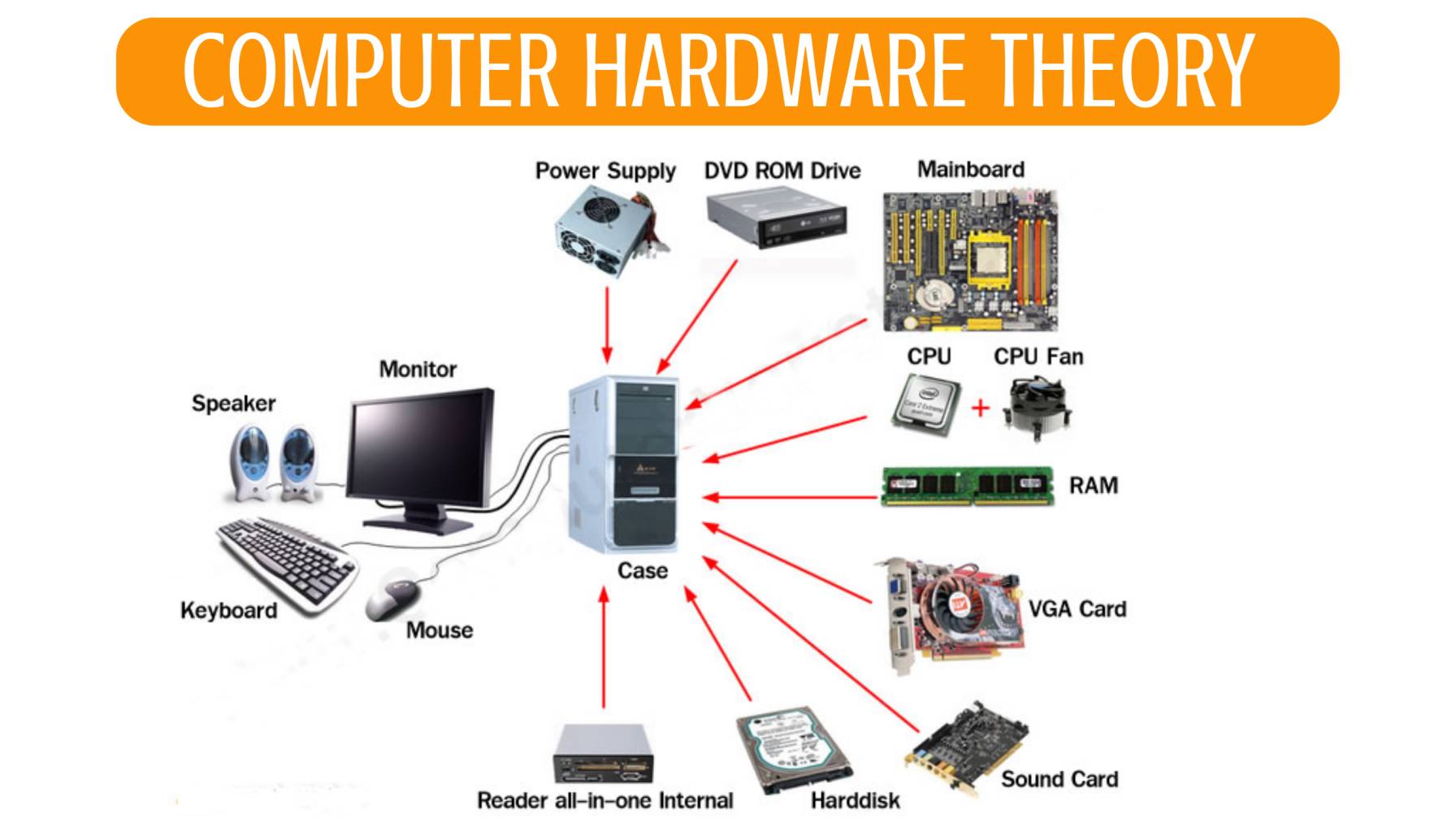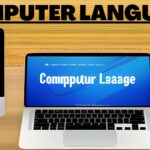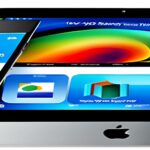In this post we share about computer hardware,
Computer hardware refers to the physical components of a computer system. The key components of a typical computer hardware system include:
Central Processing Unit (CPU): The “brain” of the computer, responsible for executing instructions and performing calculations.
Main Memory (RAM): A temporary storage area for data and instructions being processed by the CPU.
Hard Disk Drive (HDD) or Solid-State Drive (SSD): A storage device for long-term storage of data and programs.
Motherboard: The main circuit board in a computer, connecting all the other hardware components.
Graphics Processing Unit (GPU): A specialized processor for handling graphics-intensive tasks, such as rendering images and videos.
Power Supply Unit (PSU): Provides power to the other components of the computer.
Input/Output Devices: Devices used for inputting data into the computer (e.g. keyboard, mouse) and outputting data from the computer (e.g. monitor, speakers).
Peripheral Devices: Additional hardware components, such as printers, scanners, and external hard drives, that can be connected to the computer to expand its capabilities.
These are the basic components of a computer hardware system, and the specific components can vary depending on the type of computer and its intended use. However, these components work together to form a complete system that is capable of performing a wide range of tasks and operations.
Central Processing Unit
The Central Processing Unit (CPU) is the main processing unit of a computer, also known as the “brain” of the computer. The CPU is responsible for executing instructions and performing calculations, and it is the most important component in determining a computer’s performance. The CPU performs the following key functions:
- Fetching Instructions: The CPU fetches instructions from memory and decodes them into operations that it can perform.
- Executing Instructions: The CPU carries out the operations specified by the instructions, performing calculations, data processing, and other tasks.
- Storing Results: The CPU stores the results of its operations in memory or on disk for future use.
- Managing Input/Output: The CPU controls input and output operations, directing data to and from peripheral devices such as keyboards, mice, and monitors.
The CPU is designed to perform these functions as quickly and efficiently as possible, using a combination of transistors, logic gates, and other components.
The performance of a CPU is determined by its clock speed, the number of cores it has, and its instruction set architecture, among other factors. Newer CPUs are constantly being developed with higher performance and improved efficiency, making it possible to run increasingly complex applications and perform more demanding tasks.
Main Memory
- Main memory, also known as RAM (Random Access Memory), is a type of computer memory that is used to store data and instructions temporarily while they are being processed by the CPU.
- Main memory is an essential component of a computer system and is used as a temporary storage area for data that is being actively processed.
The following are the key features and functions of main memory:
Volatility: Main memory is volatile, meaning that its contents are lost when the computer is turned off. This distinguishes it from non-volatile storage devices such as hard drives, which retain their contents even when the computer is turned off.
Speed: Main memory is much faster than non-volatile storage devices, such as hard drives, making it ideal for temporary storage of data that is being actively processed by the CPU.
Capacity: The capacity of main memory is limited and typically ranges from a few gigabytes to several terabytes, depending on the computer system.
Cost: Main memory is relatively expensive compared to non-volatile storage devices such as hard drives.
Access: Main memory is random-access, meaning that the CPU can access any location in memory directly without having to search through the memory sequentially.
- Main memory is used in conjunction with the CPU and other components to form a complete computer system.
- The CPU accesses main memory to fetch and store data and instructions while it is performing calculations and executing programs.
- Main memory is an important factor in determining the overall performance of a computer system, as a larger and faster main memory can significantly improve the speed and responsiveness of the system.
secondary memory
Secondary memory, also known as non-volatile memory, is a type of computer memory that is used to store data and programs permanently. Secondary memory is used in contrast to primary memory (main memory), which is used for temporary storage of data that is actively being processed. The following are the key features and functions of secondary memory:
- Volatility: Unlike main memory, secondary memory is non-volatile, meaning that its contents are retained even when the computer is turned off.
- Speed: Secondary memory is slower than main memory, but it is still much faster than other non-volatile storage devices such as magnetic tapes.
- Capacity: Secondary memory typically has a much larger capacity than main memory, ranging from several gigabytes to several terabytes, depending on the type of secondary memory.
- Cost: Secondary memory is less expensive per unit of storage than main memory, making it a more cost-effective solution for long-term storage.
- Access: Secondary memory is typically block-access, meaning that the CPU must access data in blocks rather than individual bytes.
Examples of secondary memory devices include hard disk drives (HDD), solid-state drives (SSD), magnetic tapes, and USB drives. Secondary memory is an essential component of a computer system, as it provides a permanent storage area for data and programs that can be accessed even when the computer is turned off. The speed and capacity of secondary memory devices are important factors in determining the overall performance of a computer system, and advancements in technology are continually increasing the performance and capacity of secondary memory devices.
motherboard
A motherboard is the main circuit board in a computer system that houses and connects the various components of the computer, including the CPU, main memory, secondary memory, input/output interfaces, and other peripheral devices. The motherboard is the backbone of the computer and plays a critical role in determining the performance and functionality of the system. The following are the key features and functions of a motherboard:
- Connectivity: The motherboard provides the physical connection points for all of the computer’s components, including the CPU, memory, storage devices, input/output interfaces, and other peripheral devices.
- Power Management: The motherboard regulates the power supply to the various components and ensures that they receive the correct voltages and currents.
- Data Management: The motherboard manages the flow of data between the various components and ensures that the CPU, memory, and other devices are able to communicate with each other effectively.
- Expansion Slots: The motherboard includes expansion slots that allow additional devices, such as graphics cards, network adapters, and sound cards, to be added to the system.
- BIOS: The motherboard includes a Basic Input/Output System (BIOS), which is a firmware program that is responsible for initializing the computer and testing the various components.
The size, layout, and features of motherboards vary depending on the form factor of the computer and the specific requirements of the system. Motherboards are available in different sizes and form factors, including ATX, micro-ATX, and mini-ITX, to support different types of computer systems and form factors. The performance and functionality of a motherboard are important factors in determining the overall performance and capabilities of a computer system.
Graphics Processing Unit
A Graphics Processing Unit (GPU) is a specialized processor designed to handle the complex mathematical calculations required for rendering graphics, images, and videos. GPUs are designed to be highly parallel and optimized for processing graphical data, which makes them much faster and more efficient than general-purpose CPUs for graphics-intensive applications. The following are the key features and functions of a GPU:
- Parallel Processing: GPUs are designed to process many tasks simultaneously, which makes them much faster than CPUs for graphics-intensive applications.
- Dedicated Memory: GPUs typically have dedicated memory (VRAM) to store the graphical data, which reduces the load on the main memory and allows for faster processing.
- Graphics API Support: GPUs support various graphics APIs, such as DirectX and OpenGL, which provide a standardized interface for software developers to create graphics applications.
- Graphics Processing Units are integrated into modern computer systems, as well as standalone graphics cards that can be added to a computer to improve its graphical performance.
- Game Performance: GPUs are essential for high-performance gaming, as they provide the speed and graphics capabilities required for modern games.
- Video Processing: GPUs can also be used for video processing, including video decoding and encoding, which can improve the performance of multimedia applications.
GPUs are an important component of modern computer systems, as they provide the performance and capabilities required for graphics-intensive applications and gaming. The performance and capabilities of GPUs are continually evolving, with advancements in technology providing increased speed, parallel processing capabilities, and support for advanced graphics technologies.
Power Suply Unit (PSU)
A Power Supply Unit (PSU) is a component of a computer that provides power to the various components of the system. The PSU takes the alternating current (AC) power from the wall outlet and converts it into the direct current (DC) power required by the computer components. The following are the key features and functions of a PSU:
- Power Conversion: The PSU converts the AC power from the wall outlet into the DC power required by the computer components, such as the CPU, GPU, memory, storage devices, and peripheral devices.
- Voltage Regulation: The PSU regulates the voltage to ensure that the components receive the correct voltage and prevent damage caused by over-voltage or under-voltage.
- Power Distribution: The PSU distributes power to the various components of the system, including the motherboard, CPU, GPU, memory, storage devices, and peripheral devices.
- Power Protection: The PSU provides protection against power surges and other power-related issues that could damage the components of the system.
- Power Efficiency: The PSU also plays a role in energy efficiency, as higher efficiency PSUs use less power and generate less heat, reducing the power consumption and cooling requirements of the system.
The performance and specifications of a PSU are important factors in determining the overall performance and reliability of a computer system. PSUs are available in different form factors, power ratings, and efficiency levels to meet the needs of different types of computer systems. A high-quality, reliable PSU is essential for ensuring the stability and longevity of a computer system.
I/O Devices
An Input/Output (I/O) device is a peripheral device that allows data to be transferred between a computer and the outside world. I/O devices can be either input devices, which allow the computer to receive data from the user, or output devices, which allow the computer to display data to the user. The following are some common types of I/O devices:
- Input Devices:
- Keyboard: A device used to input text and control commands into the computer.
- Mouse: A pointing device used to control the movement of the cursor on the screen.
- Touchpad: A touch-sensitive pad used to control the movement of the cursor on the screen.
- Scanner: A device used to convert physical documents into digital images.
- Microphone: A device used to input audio into the computer.
- Output Devices:
- Monitor: A display device used to display images and video to the user.
- Printer: A device used to print physical copies of digital documents.
- Speaker: A device used to output audio from the computer.
- Projector: A device used to project images and video onto a screen.
I/O devices play a crucial role in allowing the computer to interact with the outside world and provide the means for users to input and output data. The performance and features of I/O devices can greatly affect the overall usability and functionality of a computer system.
Peripheral Devices
Peripheral devices are hardware components that are connected to a computer to expand its functionality or provide additional functionality. Peripheral devices can be either internal, meaning they are installed inside the computer, or external, meaning they are connected to the computer using a cable or wireless connection. Some common examples of peripheral devices include:
- Input Devices: Keyboard, Mouse, Touchpad, Scanner, Microphone
- Output Devices: Monitor, Printer, Speaker, Projector
- Storage Devices: Hard Disk Drive (HDD), Solid-State Drive (SSD), USB Flash Drive, CD/DVD Drive
- Network Devices: Ethernet Adapter, Wireless Network Adapter, Router, Modem
- Multimedia Devices: Webcam, Graphics Card, Sound Card, TV Tuner
- Others: Game Controller, External Hard Drive, Flash Drive, Memory Card Reader, CD/DVD Writer
Peripheral devices are important in expanding the functionality and capabilities of a computer. The selection and use of peripheral devices can greatly impact the overall performance and usability of a computer system.
function of computer hardware
The function of computer hardware is to provide the physical components that support the operations and processes of a computer system. The hardware components work together to provide the necessary resources to run software programs, process and store data, and display information to the user. The main functions of computer hardware components are as follows:
- Central Processing Unit (CPU): The CPU is the brain of the computer, responsible for executing instructions and processing data.
- Main Memory (RAM): The main memory stores data and program instructions temporarily while they are being processed by the CPU.
- Secondary Memory (Storage Devices): Secondary memory provides long-term storage for data and programs, even when the computer is turned off. Examples of secondary memory devices are hard disk drives (HDD), solid-state drives (SSD), and USB flash drives.
- Motherboard: The motherboard is the main circuit board of the computer and provides the connections for the other components, including the CPU, memory, storage devices, and I/O devices.
- Graphics Processing Unit (GPU): The GPU is responsible for processing graphics-related tasks and improving the performance of graphical applications.
- Power Supply Unit (PSU): The PSU provides power to the other components of the computer, converting the AC power from the wall outlet into the DC power required by the components.
- Input/Output (I/O) Devices: I/O devices provide the means for the computer to receive data from the user (input) and display data to the user (output). Examples of I/O devices are keyboards, mice, monitors, and printers.
Each hardware component has a specific function and plays a critical role in the overall operation of a computer system. The performance and reliability of the hardware components affect the overall performance and reliability of the computer system.



















